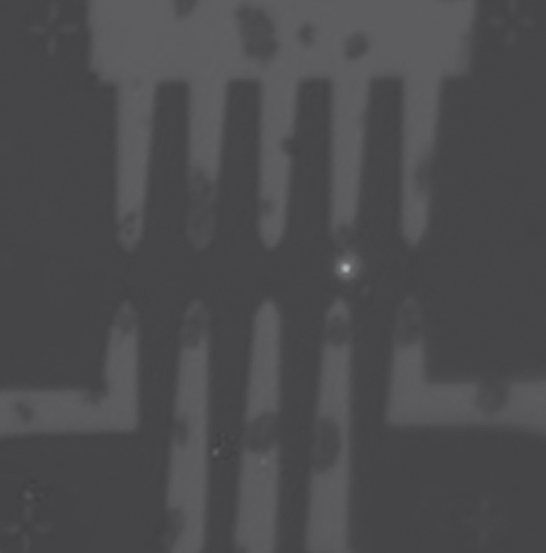Department of systems (nano and microelectric and mechanical MEMS )
The main objectives of the development of nano-electromechanical systems (MEMS) - the definition of four main and general objectives
Researcher and author: Dr. ( Afshin Rashid)
Note: The objectives of the development of nano-electromechanical systems (MEMS) are devices made entirely of (crystalline) metal oxides, a class of compounds that show a wide range of physical properties, made with the vision of introducing new classes of transducers with Unprecedented detection mechanisms and integration of more capabilities in nanomechanical systems. This new technology approach will add multifunctional oxides to the current MEMS field portfolio.
Our science-to-technology advancement is the realization of a proof-of-concept MEMS device based on supersensitive oxides for detecting biomagnetic fields. The MEMS/NEMS field array will implement ultra-sensitive detectors capable of measuring very weak magnetic fields, similar to those generated by human brain activity, targeting dozens of MEMS field arrays . MEMS devices enable precise control of these nanoscale interactions and provide an ideal platform for interacting with the nanoworld. It involves the integration of active submicron materials and elements that combine mechanical, optical, and electrical signals to produce functional nanostructures.
The use of nano technology in the applications of nano sensors has facilitated bio control and precise regulation of nano environmental functions . Nano structures are widely used in the field of nano biosensors due to their small size in nanometers and multiple functions in specific places . Develop different types of multifunctional MEMS / NEMS devices with micro and nanoelectronic features for biomedical applications (BioMEMS / BioNEMS ) through different manufacturing techniques and biocompatible nanomaterials. However, the integration of devices with the physiological environment of nano-biosensors is considered a fundamental problem. Most of them lose their function due to the limitations of nano particles in nano bio sensors and causeUndesirable effects. In laboratory conditions and in the applications of bio-environmental nano-sensors, the performance of bio-MEMS implants such as bio -sensors, smart stents , etc. And the architecture of nano biosensors is essential. The creative use of nano-microelectronic systems and ( MEMS nano-electromechanical systems ) in the applications of nano-bioelectronic sensors has provided favorable conditions for (nano-MEMS) to accurately and correctly detect environmental factors .
Conclusion :
The objectives of the development of nano-electromechanical systems (MEMS) are devices made entirely of (crystalline) metal oxides, a class of compounds that show a wide range of physical properties, made with the vision of introducing new classes of transducers with mechanisms Unprecedented detection and integration of more capabilities in nanomechanical systems. This new technology approach will add multifunctional oxides to the current MEMS field portfolio.
Researcher and author: Dr. ( Afshin Rashid)
Specialized doctorate in nano-microelectronics




